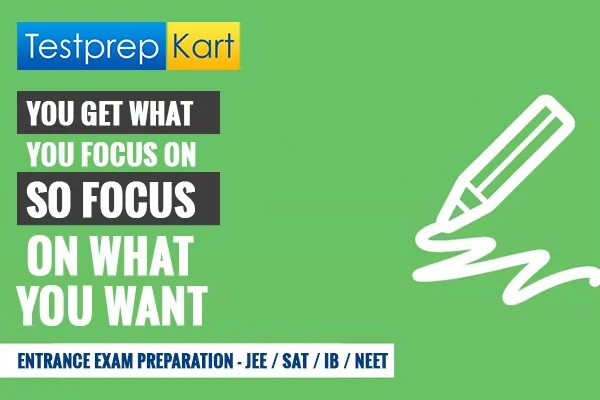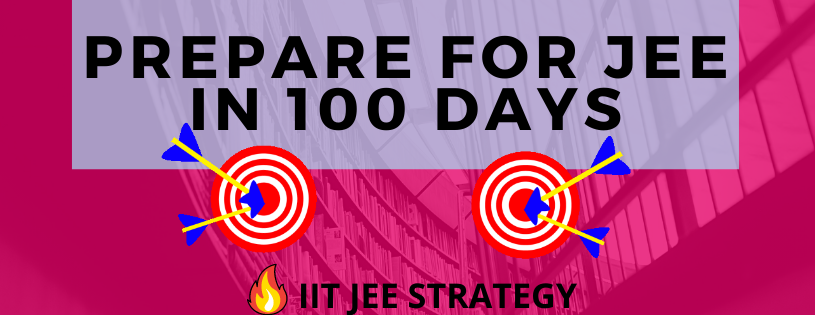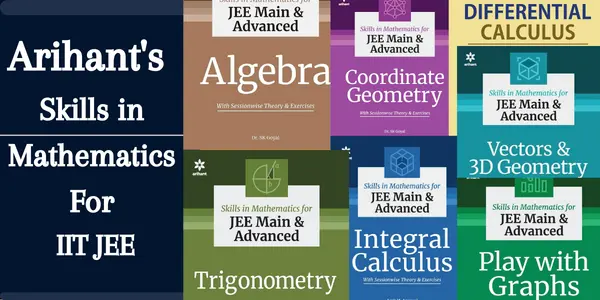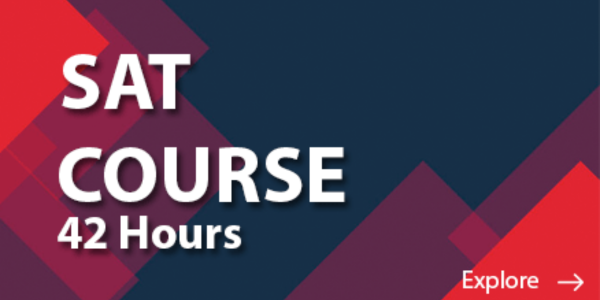Lesson 5:
Thinking Logically – The butterfly effect
Think Logically: Use the Line References Intelligently
- Critical Reading questions, unlike the other questions on the PBT / Digital SAT , are not given in order of difficulty. Rather, they are arranged in roughly chronological order. In other words, the first question is about the end of the passage. (See for yourself. Look at the critical Reading questions on an SAT and notice that the “line references” in the questions get later and later.)
- If a question doesn’t include line references, you may wonder where to look in the passage for the answer. When this happens, refer to the questions just before and after, and look for line references there. The answer to the question is probably found between those two line references. For instance, if question 5 does not refer to a line, but question 4 refers to line 46 and question 6 refers to line 5, you should look for the answer to question 5 between lines 46 and 55!
Find Your Evidence in the passage
- Make sure that you have literal evidence from the passage for every answer you give. You will never need to draw on background information or information that is not directly in the passage or the introduction.
Use Logic on the Questions
- Solid test-taking logic can often help you decide among the answer choices on tough questions.
- If two answers seem similar, the less extreme or less exclusive answer is more likely to be right. Statements with “exclusive” words like “never” or “always” are less likely to be true than statements with “inclusive” words like “sometimes” or “often.” Also, “extreme” statements are less likely to be true than an ordinary statements.
e.g. What is the author’s attitude toward the “transgressions” mentioned in line 12?
(A) indifference
(B) vehement opposition
(C) ambivalence
(D) disapproval
Of course, you must understand the passage to answer this question, but let’s say you’ve thought about it, and you know it must be either (B) vehement opposition or (D) disapproval. Logically, since vehement opposition is a type of disapproval (but disapproval is not necessarily a type of vehement opposition) (B) cannot be the answer unless (D) is also correct, but of course two answers can’t be right, so it must be (D).
- Writers write about what they care about. Some students forget about this obvious fact when answering questions. In the question above, for instance, choice (A) indifference is almost certainly not the right answer if the “transgressions” are a topic of discussion in the passage. Of course, it’s remotely possible that the author is saying, “Here is something that some other people think is important, but it’s really not; I’m not really interested in this idea. “but even then, the author at least thinks it’s important enough to discuss, right? So she’s not really indifferent about it.
- An author can do a lot in 400-800 words, but not too much. It’s easier, for instance, to “suggest a few political reforms” in 500 words than it is to “delineate the history of European political reform.” So when answering Overall Purpose questions, use common sense about what can be done in 400-800 words and what can’t.
e.g. Which of the following best expresses the purpose of the passage as a whole?
(A) To describe the relationship between relationship and history
(too big a task for 500 words- eliminate)
(B) To belittle modern literary critics (possible, but a very petty purpose eliminate)
(C) To refute a misconception (very possible and a worthwhile purpose-keep)
(D) To delineate 2 new mode of literary analysis (too big a task for 500 words-eliminate)
(E) To suggest several remedies for a problem (very possible and a worthwhile purpose-keep)
- The right answer won’t always be what common sense alone says, but it will never violate common sense. The authors of Digital SAT passages have widely different points of view, but none are clinically insane!
The Butterfly Effect
Video 1
The story begins with a grown-up Evan Treborn , who suffers from severe blackouts and memory gaps. To make sense of his fragmented memories, Evan starts reading through the journals he kept as a child. As he delves into his past, he discovers that he has the power to travel back in time and alter events.
Evan's first major leap into the past takes him to his childhood, where he reconnects with his old friend Kayleigh. Together, they uncover a deeply disturbing truth about Kayleigh's abusive father, George. As Evan continues to revisit his past, he realizes that changing even the smallest details can have significant consequences in the present.
Video 2
In an attempt to protect Kayleigh and her brother Tommy , Evan decides to alter the past by placing a mailbox in front of George's car, causing him to crash and become paralyzed. However, upon returning to the present, Evan finds himself in a drastically different reality where he is now a college student with no memory of his childhood friends.Confused and desperate to understand what is happening, Evan explores his new life and discovers that his actions in the past have had far-reaching consequences. Kayleigh, for example, has grown up in an abusive household, leading her down a dark path of drug addiction and self-destruction. Overwhelmed by guilt and remorse, Evan resolves to fix the past and undo the damage he has caused.
Video 3
Using his time-traveling ability, Evan embarks on a series of journeys into the past, each time attempting to correct the mistakes he made and create a better future. However, with each alteration, the present changes, often for the worse. Evan's attempts to fix things only seem to make them more complicated and tragic.
As the story progresses, Evan realizes that he cannot change the past without severe consequences. His actions ripple through time, causing unexpected tragedies and altering the lives of those he cares about. Despite his best intentions, Evan finds himself trapped in a never-ending cycle of trying to fix the past, only to create new problems in the process.
Video 4
Driven to the brink of madness, Evan decides that the only way to end the cycle is to sacrifice his own existence. He travels back to the day of his birth, intending to strangle himself with his umbilical cord, thus preventing his own birth and stopping all the pain and suffering he has caused.
However, at the last moment, Evan has a change of heart. He realizes that he cannot erase the past or control the consequences of his actions. Instead, he accepts that the past cannot be changed, and the only way forward is to live with the choices he has made.
In a final act of redemption, Evan decides to use his ability to travel back in time one last time. This time, instead of changing the past, he leaves messages for his childhood self, guiding him towards a better future. By doing so, Evan hopes to give himself and those around him a chance at a happier life.
The film ends with a montage of scenes showing the impact of Evan's messages on his friends' lives. Kayleigh, now free from her traumatic past, leads a fulfilling and successful life. Tommy, once a troubled soul, finds peace and stability. And Evan, having accepted his limitations and learned from his mistakes, embraces the present, ready to face the future with hope and resilience.
Video Link - 4
Explore More: Mastering the Digital SAT Math Section: A Comprehensive Guide
Explore More: Mastering SAT English Skills - A Guide to Answering Skill-Based Questions
Explore More: Effective Guide For SAT Reading Techniques














 PSAT (Preliminary SAT...)
PSAT (Preliminary SAT...)







